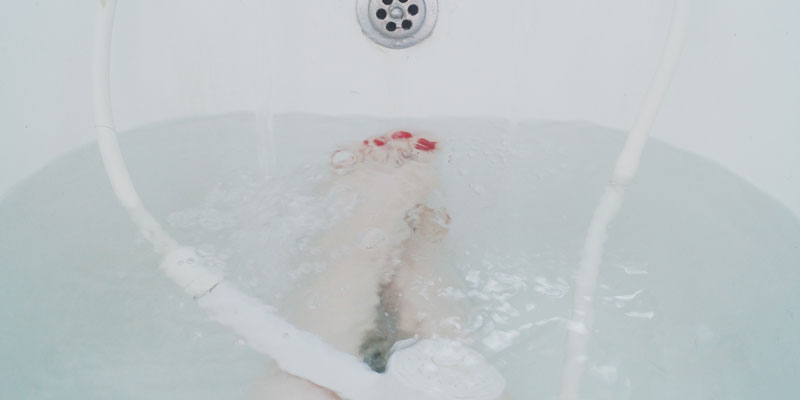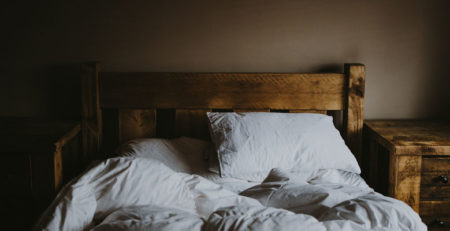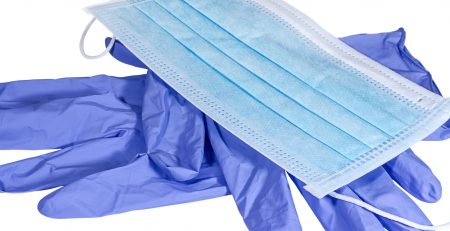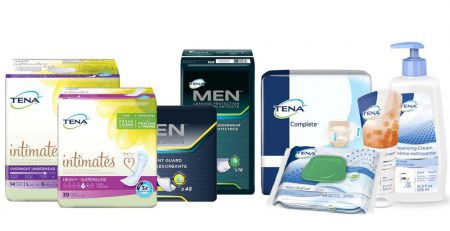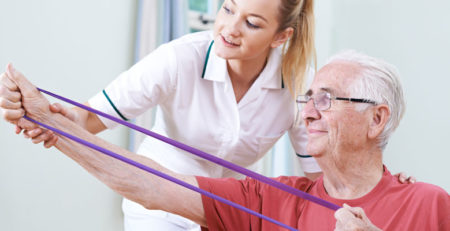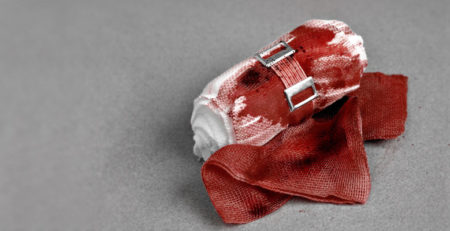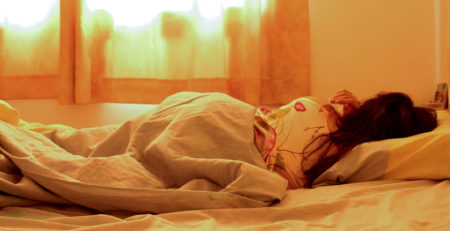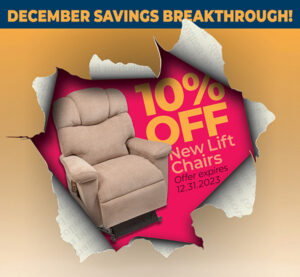Creating a Safe Bathing Environment
When taking care of our own personal hygiene, we don’t typically give much thought to each step of the process. However, if an individual is dependent on a caregiver to provide or oversee proper bathing, there are many things to consider such as safety, exposure to bacteria, skin health, wound care, and overall cleanliness. Kansas City Home Medical Supply offers tools and accessories to better ensure your home bathing procedures and environment are safe. A safe setting should be your top priority when providing care, and proper equipment can offer that sense of security.
The equipment you select for safety will be based on the specific needs of the individual. Safety equipment include grab-bars, shower chairs, shower wheelchairs, transfer devices, and more. These not only ensure the safety of the patient, but also allows caregivers to properly bathe individuals or provide the opportunity for individuals to bathe themselves without supervision. Be on the lookout for these safety areas.
- Lighting in the bathroom is crucial, especially for those that have poor vision. Improve visibility by adding additional lighting, painting walls a light color, and using a clear shower curtain.
- “A place for everything, and everything in its place.” Keep all items for bathing stored properly and within reach. This avoids overexertion if the individual is bathing themselves, and caregivers can avoid leaving the patient unattended. Properly stored accessories don’t become trip hazards, keeping walkways and floors safe.
- Use a handheld shower device to reach various parts of the body without needing to move or reposition.
- Prevent slipping inside the tub by applying tread strips or using a large bath mat.
- Prevent slipping outside the tub by installing grab-bars and adding a thin carpeting or a slip-resistant rug on the floor. Many types of flooring become very slippery when wet, so extra leverage, support, or friction can help prevent falls.
- Install an anti-scald device to keep water temperatures from getting too hot.
- Fixtures should be recessed or have rounded edges to decrease injuries from a fall.
Evaluate the accessibility of the shower or tub according to the individual’s needs and how the caregiver may be impacted; then adjust accordingly. If you need assistance in determining what shower equipment you need to keep bathing safe for both individuals and caregivers, please contact us today.

